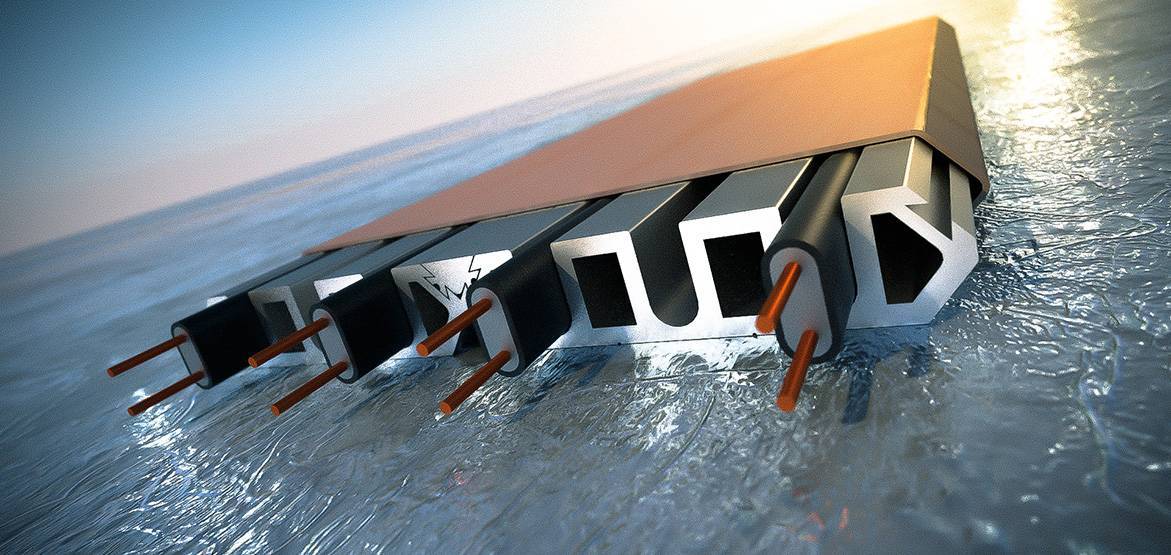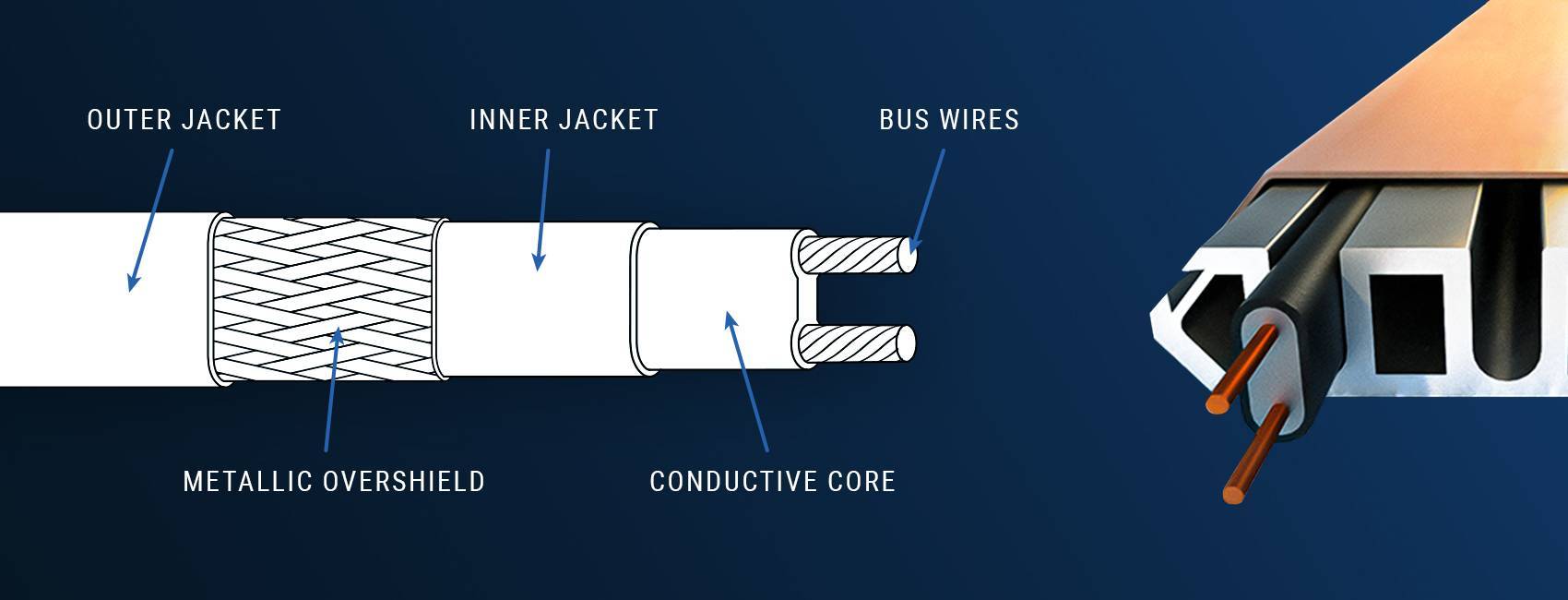
THE DIFFERENCE BETWEEN SELF-REGULATING AND CONSTANT WATTAGE HEATING CABLES
People use heating cables in a variety of situations, including floor heating, pipe protection, snow melting, etc. Heating cables are broken down into two categories, self-regulating and constant wattage. Both have the same purpose; however, certain situations will have a better outcome with one type over the other.
Constant Wattage Heat Cable is a heating cable that has the same wattage per linear foot (power output), throughout its entire length. Since this wattage cable is generally not affected by varying ambient or pipe content temperatures, it provides a constant heat output. So, this type of heating cable is preferred for homeowners who want to ensure that environmental conditions will not affect their heating output. These heating systems usually rely on a control or thermostat to operate the system.
Self-regulating heat cable has a special conductive core between the two bus wires. This core becomes more conductive during cold ambient conditions; therefore the heating cable will increase its wattage per linear foot in response to the cold. This feature makes it ideal for the freeze protection of pipes in the winter or for keeping gutters clear of ice formations. This type of cable will also decrease its power output (watts per linear ft.), in warmer conditions, when the higher temperature will make the special core less conductive. The cable will not turn itself completely on or off. So, a controller or thermostat is required.
